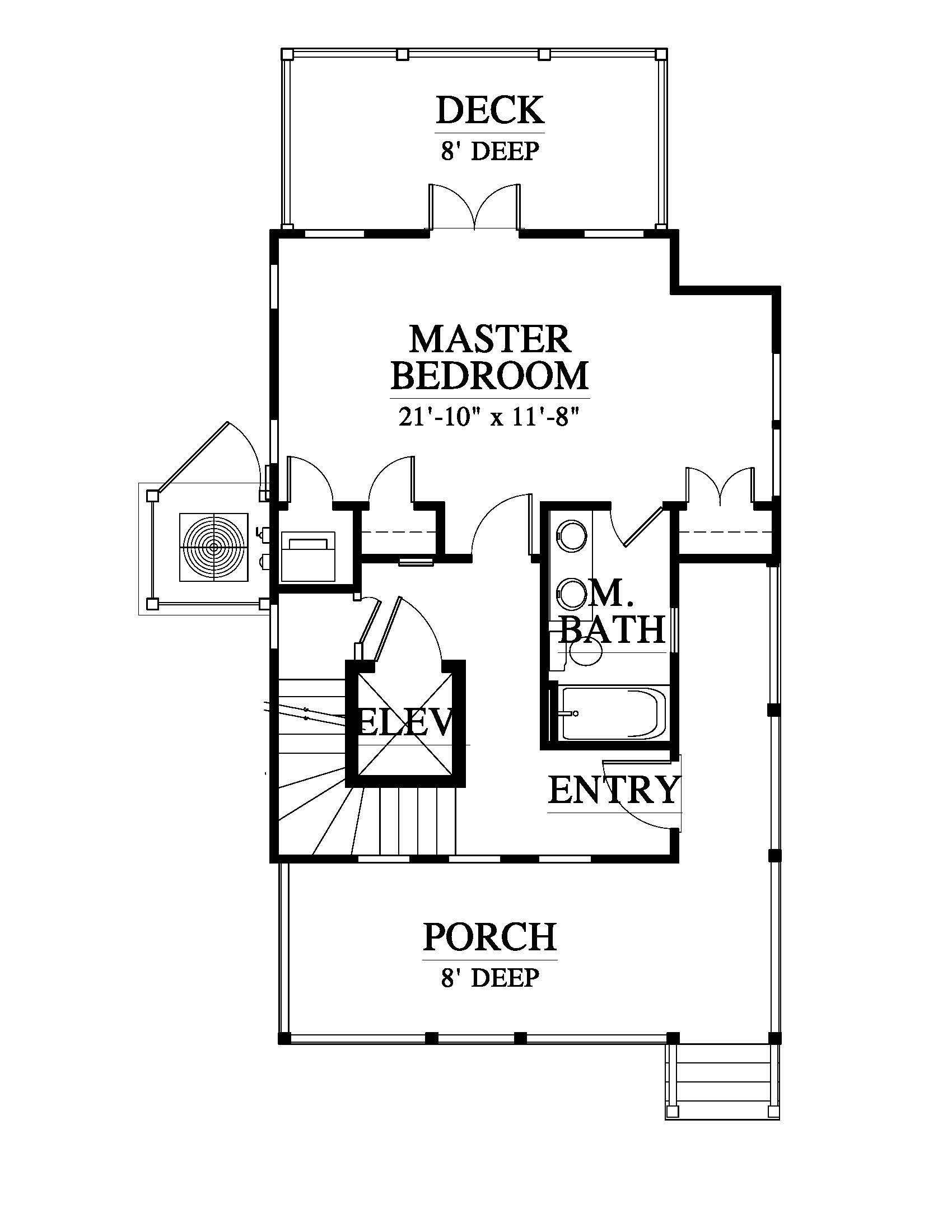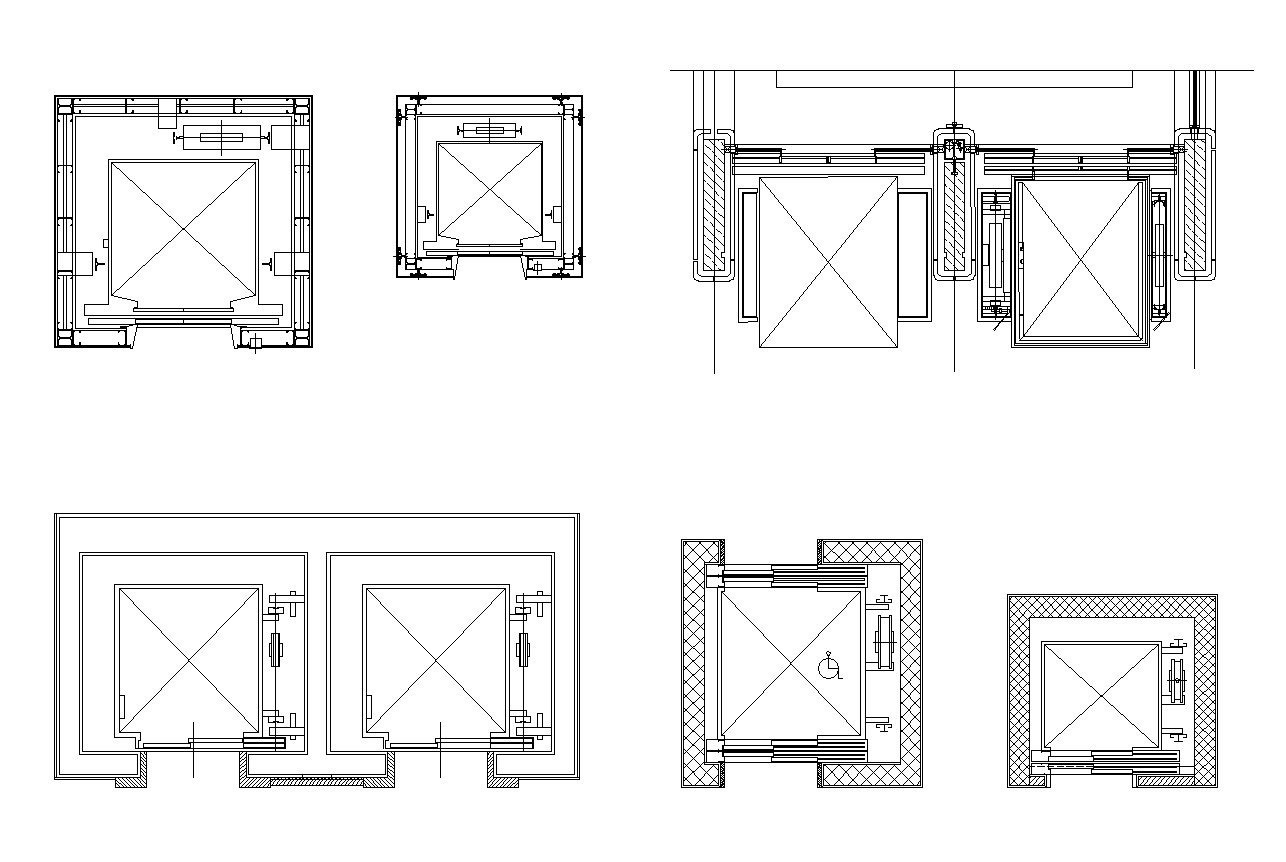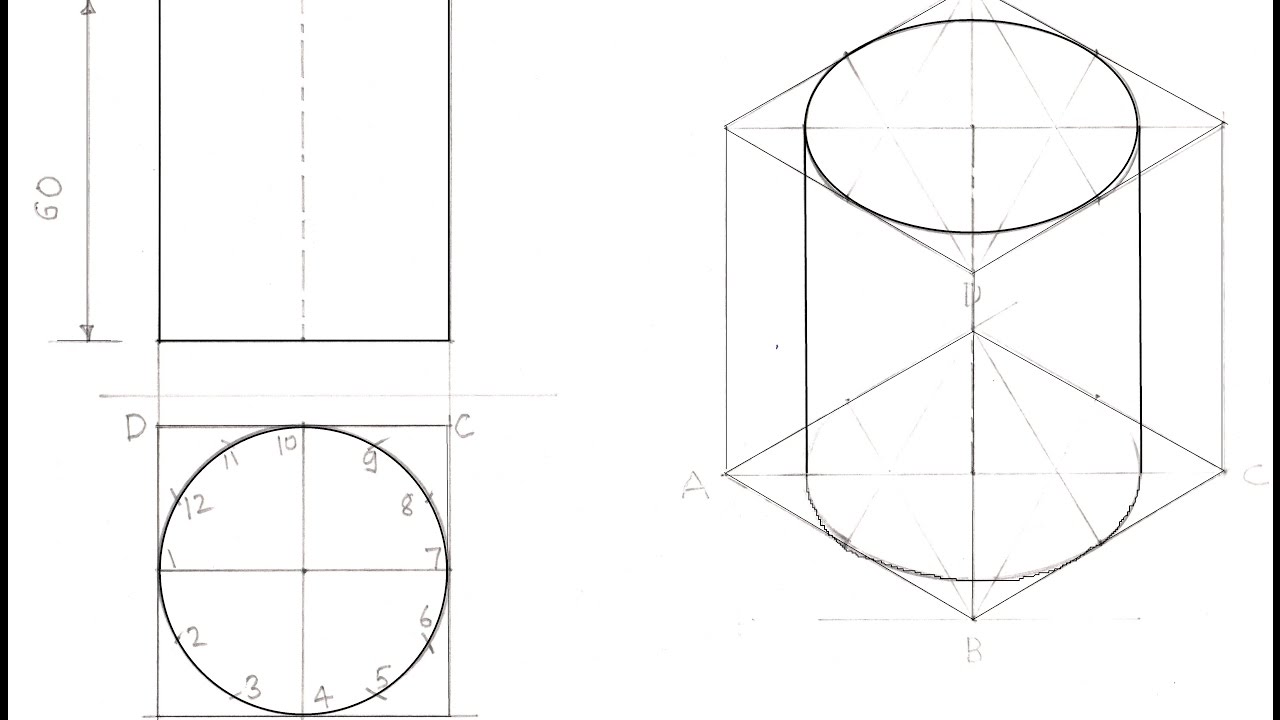12 elevator plan drawing
Table of Contents
Table of Contents
Are you an architect or a designer looking to draw an elevator in a floor plan? Elevators are an essential part of most buildings, and a well-designed elevator can enhance the user experience and add to the aesthetic value. In this article, we will discuss how to draw an elevator in a floor plan and provide you with some tips to create an effective design.
Pain Points
Designing elevators can be a challenging task, especially if you are new to it. It requires an understanding of several factors such as the size, capacity, and speed of the elevator, as well as the building’s architectural layout. Moreover, you must adhere to the local building codes while designing elevators, which can be overwhelming.
Answer
The first step in drawing an elevator in a floor plan is to understand the building’s layout and the elevator’s location. Decide on the type of elevator you want to design, such as a passenger elevator, freight elevator, or service elevator. Determine the elevator’s size, capacity, and speed based on the building’s height and the expected foot traffic. Check the local building codes to make sure your design complies with the regulations. Once these factors are finalized, start drafting the floor plan with the elevator shaft in mind. Create a separate sheet for the elevator section, and include details such as the dimensions, the number of floors it will serve, and the door locations.
Summary
In summary, drawing an elevator in a floor plan requires an understanding of the building’s architectural layout and the elevator’s location, size, capacity, and speed. The design must adhere to local building codes, and the final output must include a separate sheet for the elevator section, including details such as dimensions, floor count, and door locations.
How to Draw Elevator in Floor Plan - Tips and Tricks
When I was working on my first elevator design project, I found the experience both challenging and exciting. I learned a few tips and tricks that can make the process easier and more efficient.
Firstly, it’s essential to have a clear idea of what the elevator must do and where it will be located within the building. You also need to decide on the type of elevator, as this will determine the elevator’s functionality, size, and other parameters.
I recommend working with a team to create the elevator design. This will allow multiple perspectives and ideas to combine, resulting in an optimal design. Another tip is to seek assistance from elevator manufacturers or service suppliers as they have more experience and can provide insight into the best design practices.
Creating a 3D model of the elevator design can help visualize the space and identify potential issues. It’s important to keep the design simple and functional, ensuring the user experience is prioritized.

Types of Elevator
There are several types of elevators that you can choose from, depending on the building’s purpose and traffic requirements. Passenger elevators are commonly used in commercial buildings and serve up to 20 floors. On the other hand, freight elevators are used to move goods and equipment and can serve up to five floors.
Service elevators are used mainly in hotels and apartments and serve up to 30 floors. Car elevators are used to transport cars from one floor to another and have a load capacity of up to 8000 pounds.

How Elevators Work
Elevators work by using a motor and a pulley system to move the elevator cab up and down along the elevator shaft. The motor powers the pulley, which is connected to a counterweight that balances the weight of the elevator cab. The cab is attached to steel ropes that are wrapped around the pulley. When the motor turns, the ropes are either lowered or raised, causing the cab to move up or down.

Design Considerations
When designing an elevator, you need to consider several factors, such as the maximum load capacity, door locations, and accessibility requirements. It’s also essential to consider the HVAC system’s location, the elevator noise, and the overall aesthetics of the design.
You should ensure there are enough emergency stop buttons, fire recall devices, and a backup generator to keep the elevator functioning in case of a power outage. The elevator’s interior should also have adequate lighting, ventilation, and handrails for safety measures.
Troubleshooting Elevator Design Issues
Despite the best efforts, sometimes, elevator designs may encounter issues. One common problem is insufficient space to allow for an elevator in the existing architecture. In this case, it may be necessary to extend the building or relocate the elevator to achieve adequate space.
Another issue may be inadequate power supply, which can cause the elevator’s motor to malfunction or stop working altogether. In this case, a backup generator or upgrading the power grid can solve the problem.

Question and Answer
Q: How long does it take to design an elevator in a floor plan?
A: The design process can vary depending on the building’s size, type, and complexity. On average, it can take up to six months to design an elevator, including consultation with experts, architects, and local authorities, and other stakeholders.
Q: What are the safety measures that should be considered when designing elevators?
A: Safety is a critical aspect when designing elevators. It’s essential to consider factors such as load capacity, emergency stop buttons, fire recall devices, backup generators, handrails, ventilation, and lighting in the elevator interior to ensure passenger safety.
Q: What should be included in an elevator layout plan?
A: The elevator layout plan should include accurate dimensions, position, and location of the elevator shaft, elevator doors, control panel, and other components. The floor layout plan must also indicate the direction of the elevator, the height of each floor, and any obstructions that may obstruct the elevator’s installation and operation.
Q: Can elevators be designed with the environment in mind?
A: Yes, elevators can be designed with sustainability in mind. Some eco-friendly features that can be incorporated into elevator design include energy-efficient lighting systems, regenerated braking energy, and regenerative drive systems.
Conclusion of How to Draw Elevator in Floor Plan
Drawing an elevator in a floor plan can seem challenging at first, but understanding the building’s layout, the elevator’s location, size, capacity, and speed, and adhering to local building codes can smoothen the design process. Work with a team and seek advice from elevator manufacturers and local authorities to create a design that is functional, safe, and aesthetically pleasing.
Gallery
Lovely Office Space Planning Design Https://noordinaryhome.com/office

Photo Credit by: bing.com /
ARCHITECT RESOURCES | Elevator Design, Hotel Floor Plan, Lift Design

Photo Credit by: bing.com / elevator elevador elevators arquitetura golden baixa elevation elevadores dimensions dwg storey detalhamento escada
12+ Elevator Plan Drawing

Photo Credit by: bing.com / elevator paintingvalley
Elevator Plan Drawing At GetDrawings | Free Download

Photo Credit by: bing.com / elevator plan stairs drawing around floor plans stair getdrawings winding interesting use
12+ Elevator Plan Drawing
Photo Credit by: bing.com / elevator paintingvalley






